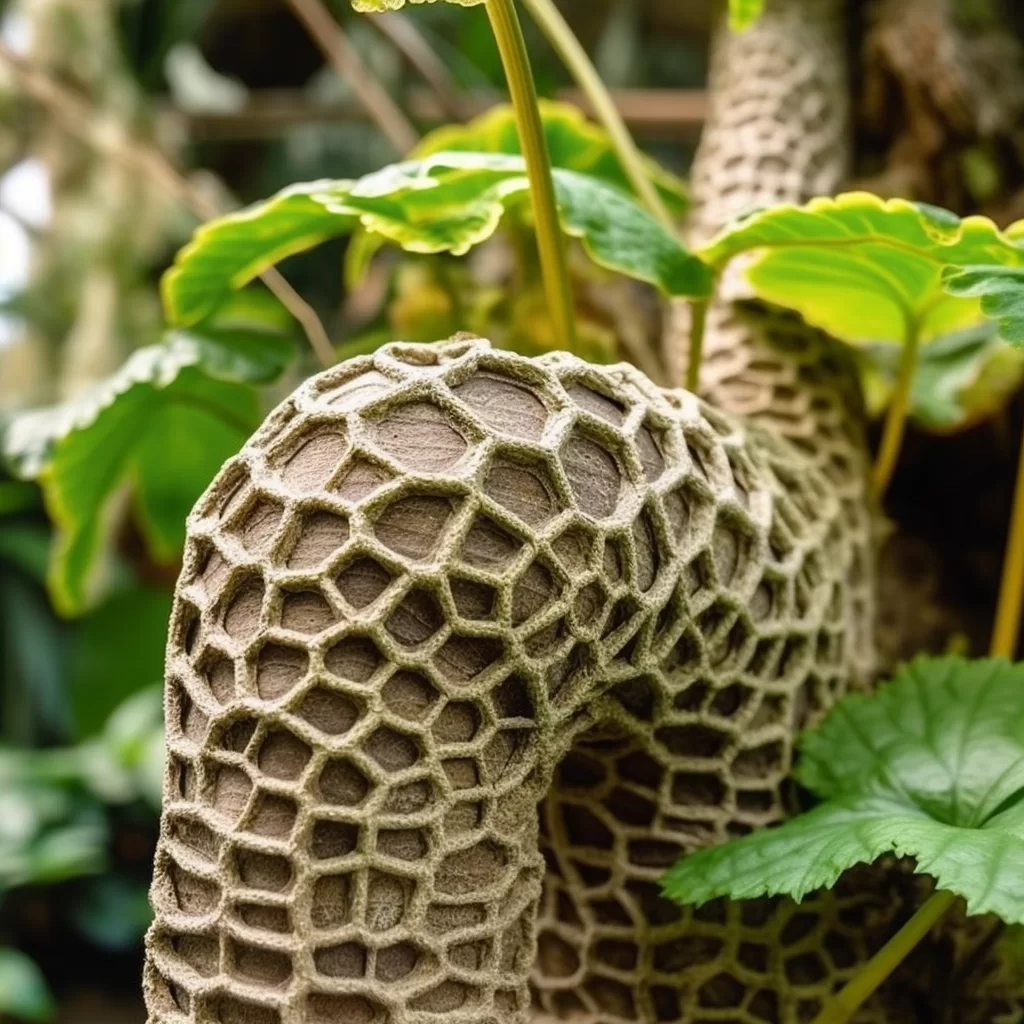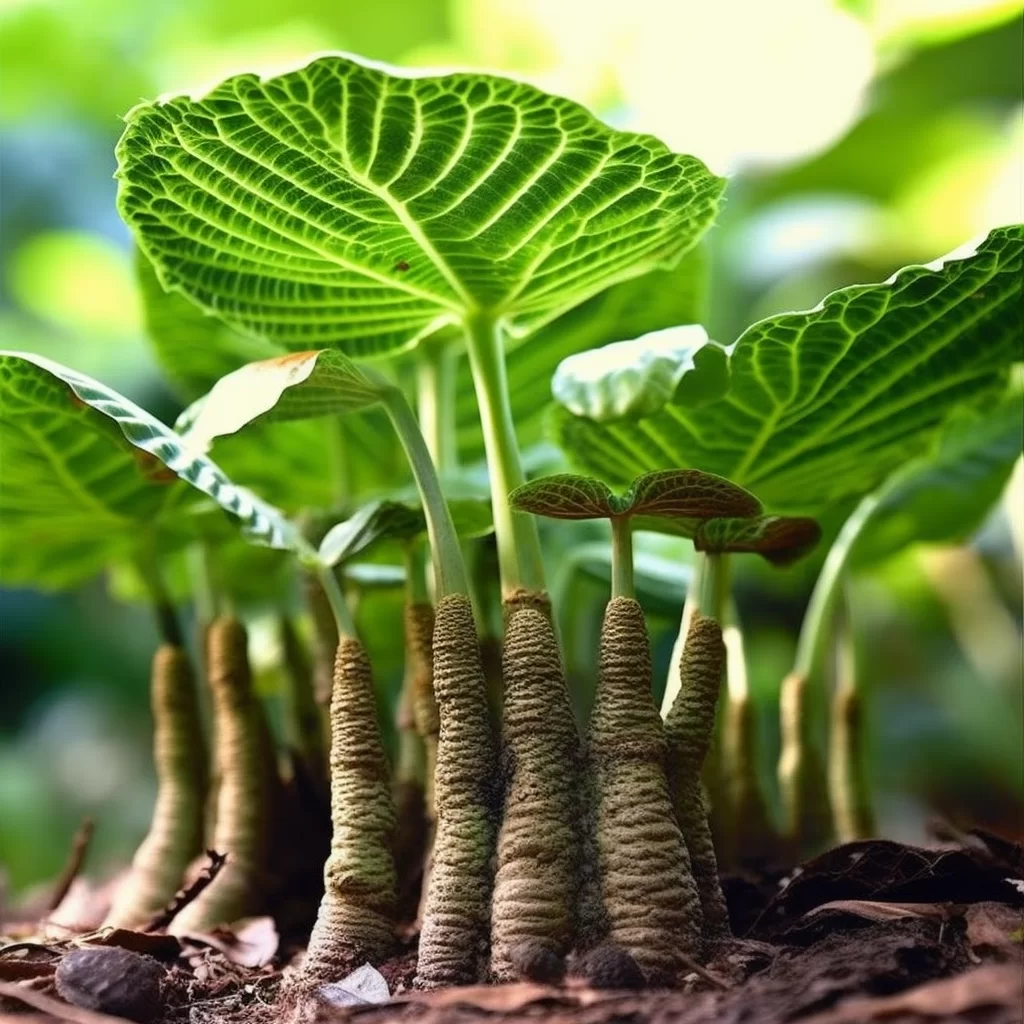Story of Day :
Contents
Elephant Foot Plant: A Complete Guide and Care Tips
If you’re looking for a plant that will make guests do a double-take, then the elephant foot plant is your new buddy.
With its funny name and quirky appearance, this little guy is sure to add some exoticism to your home decor.
And get this – despite being called the Ponytail Palm or Beaucarnea recurvata, it’s not even related to the palm family! Nope, this weirdo actually belongs to the agave family.
Talk about a surprise twist! Anyway, if you want to be cool and on-trend (and let’s be honest, who doesn’t?), then you need an elephant foot plant in your life.
It’s native to Mexico and Central America too – so not only do you get a cool new houseplant but you also get bragging rights about its origins in arid regions with rocky soils.
How rad is that?
Appearance
The elephant foot plant has a distinctive appearance.
It features a swollen base that looks like an elephant’s foot, which stores water for the plant during periods of drought.
The trunk-like stem rises from this base and tapers towards the top before ending in long leaves that resemble ponytails.
Light Requirements
The elephant foot plant thrives in bright light conditions but can tolerate some shade too.
However, avoid exposing it to direct sunlight as it can scorch its leaves.
Watering Needs
The watering requirements for this houseplant are minimal since it stores water in its swollen base.
Therefore, you should allow the soil to dry out completely between watering sessions.
- Water only when the top inch of soil feels dry when touched with your fingers.
- Avoid overwatering as it can lead to root rot; this could eventually kill your plant.
- You don’t need much fertilizer because this hardy plant doesn’t require frequent feeding; once every six months should suffice.

Potting Medium
This succulent prefers well-draining soils that won’t hold moisture for too long; sandy loam soil works best for them.
However, it’s best to avoid using heavy clay soils since they can lead to overwatering and root rot issues.
It does well in a pot with adequate drainage as it allows water to flow out of the pot quickly.
Temperature and Humidity
The elephant foot plant prefers temperatures between 60°F-75°F (15°C-24°C).
It can tolerate slightly cooler temperatures, but it is not frost-tolerant.
Also, ensure that the temperature doesn’t go below 50°F(10°C), which could seriously damage your plant.
The plant doesn’t need high humidity levels like other tropical indoor plants.
Average household humidity levels are enough for them.
Propagation
The elephant foot plant propagates through its seeds or offsets from its base.
Offsets are small plants that grow around the base of mature Ponytail Palms; you can remove them by carefully slicing them off using a sharp knife while ensuring they have their own roots before planting in another pot.
Seeds should be planted in sandy loam soil mix and germinated under warm temperatures (70°-80°F) with bright light until seedlings emerge.
Pests and Diseases
This houseplant is relatively pest-resistant; however, mealybugs and spider mites may cause problems if left unchecked.
You can prevent these pests by keeping the air moving around your plant through regular cleaning or use of neem oil spray once every two weeks.
Overwatering may cause root rot issues leading to fungal infections; this could be prevented by allowing adequate drying times between water sessions.

Conclusion
The elephant foot plant is an easy-going houseplant that adds a unique touch of beauty to any living space! With minimal care requirements, anyone can keep one thriving on their windowsill or desk without much hassle.
Keep the aforementioned tips in mind, and you will enjoy a healthy and vibrant plant for years to come!